There is something quite striking about walking into the General Assembly Hall during the opening of the Indigenous Peoples’ Forum. It is hard not to be captivated by the vibrant colors that fill the space. As a photographer, I intuitively lift the camera and flow with the colors, textures, patterns and subtle details. The assignment transcends the usual vibe, beyond documenting moments or individual expressions, and evolves into tracing the feeling of being present within a microcosm of our human race.
After several years of covering these events, I am pursuing an idea that had lingered in my mind for a while: studio portraits which highlight the rich colors, enigmatic details, and solemn presence of the participantes and their traditional outfits.
Once in the studio, curiosity led me to casually ask about the intriguing accessories, materials, and color palettes that had caught my eye. I learned they were actually wearing their own heritage, each piece carries deep cultural significance. The dialogues that unfold during the sessions opened doors to a fascinating ways of understanding the surrounding, and ultimately, oneself in harmony with something bigger and broader.
This series is an invitation to pause and explore ancient knowledge as a treasure passed down through generations. It might hold crucial insights about universal themes: life, family, spirituality, symbiosis with the environment, prosperity, and other timeless subjects.
These portraits serve also an opportunity to stay open-minded, to let go resistance for the unknown and, make room for understanding and deeper appreciation towards human diversity.
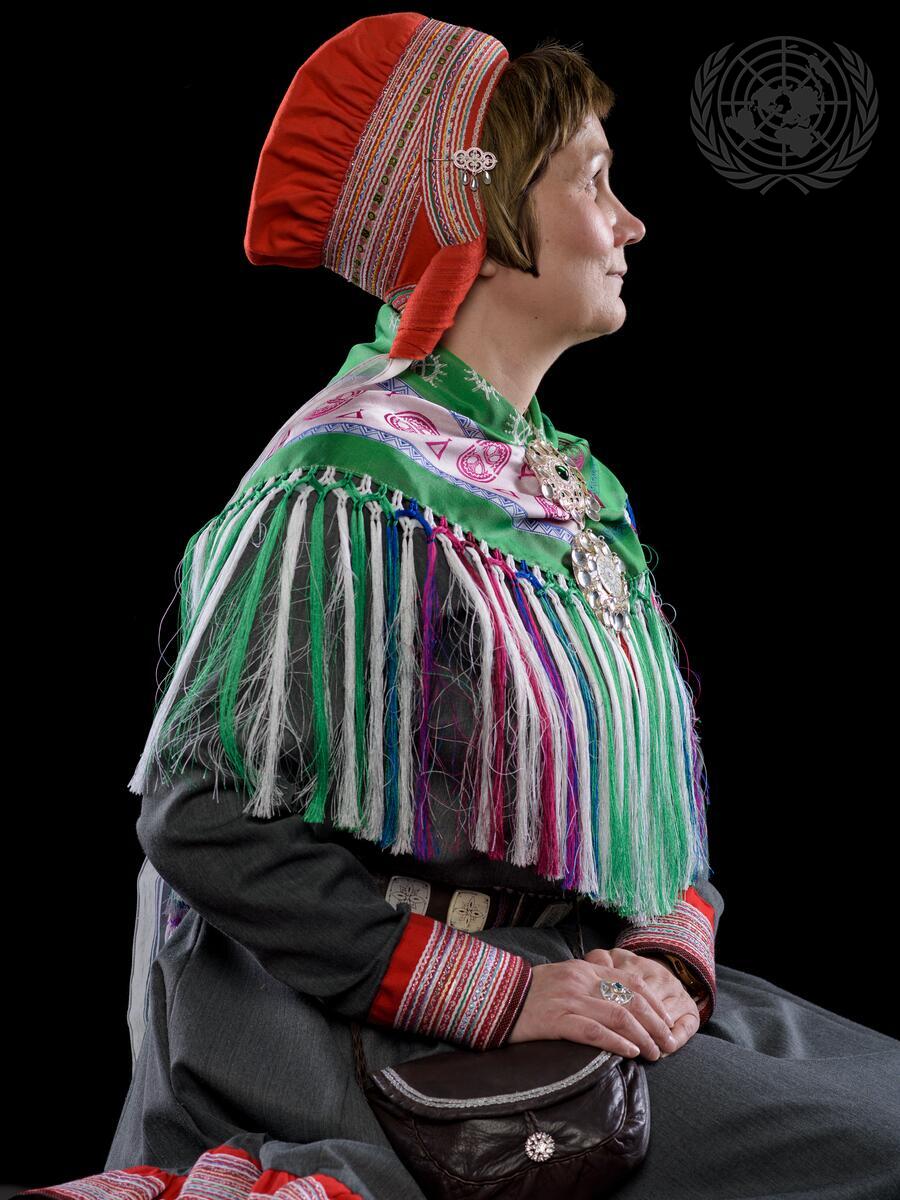
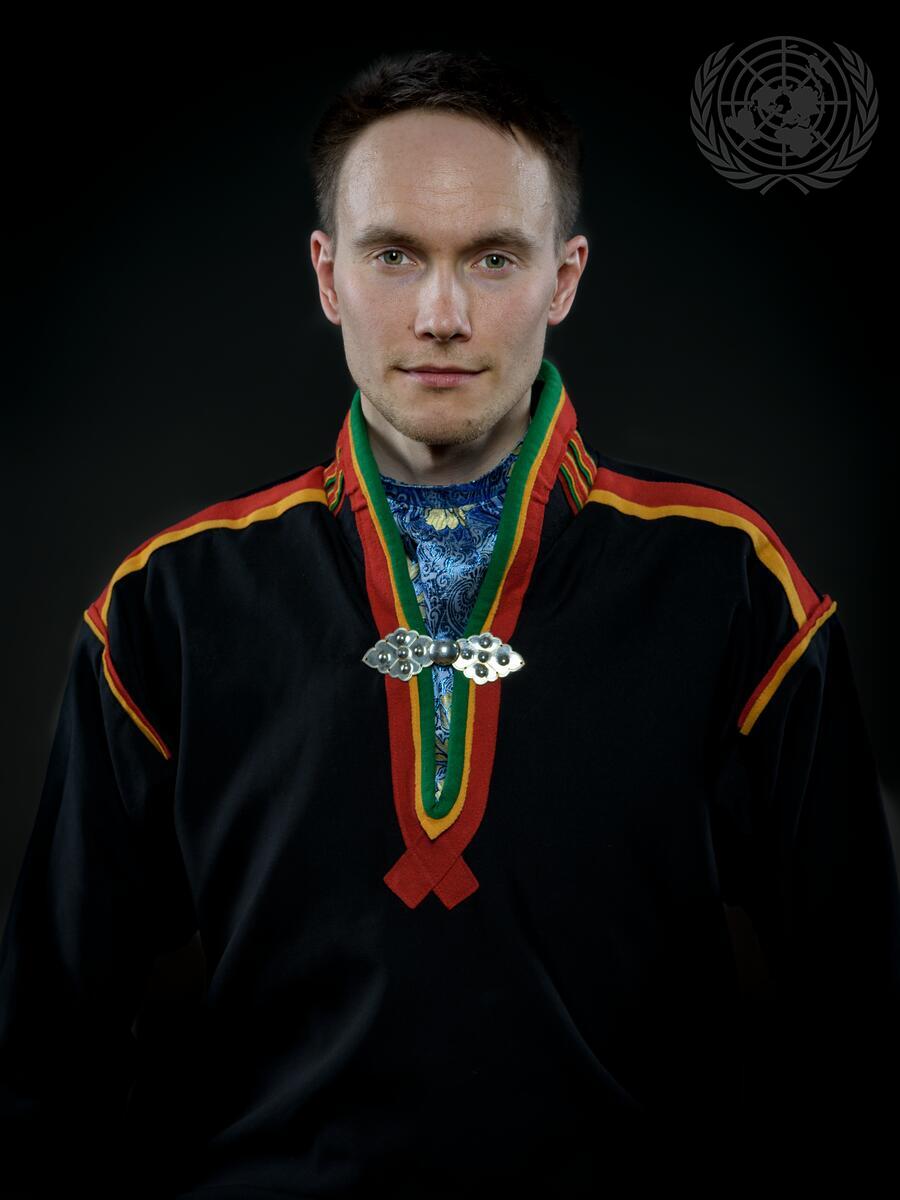
On the left is Aili Keskitalo (Biehttár-Heaikka Elle Máreha Áili) and on the right is Runar Myrnes Balto (Biennáš Elle Elle Eliasa Runar), both of the Sámi people. With a population of 50,000 to 80,000, the Sami hail from Sápmi, a region that spans parts of Norway, Sweden, Finland, and Russia. Aili's Gákti, a traditional dress, from her home community Guovdageaidnu/Kautokeino, showcases intricate silver adornments symbolizing wealth and protection. A Sámi would be able to identify Aili's home community by the decorations on her cap, cuffs and hem. Runar's Gákti reflects the markasámi tradition, representing ancestral reindeer herding routes. His name's double "Elle" honors his grandmother and great-grandmother, both named Elle, encapsulating familial lineage and heritage.
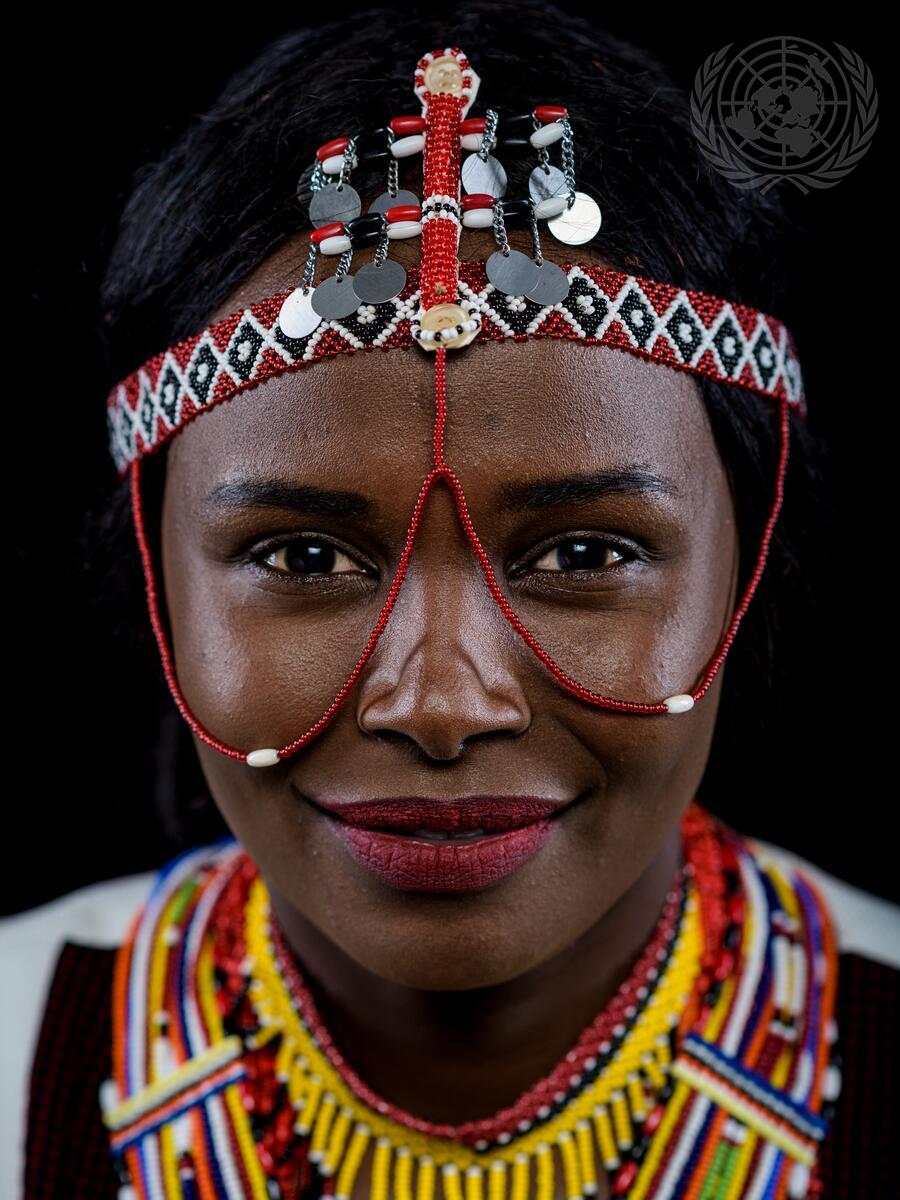
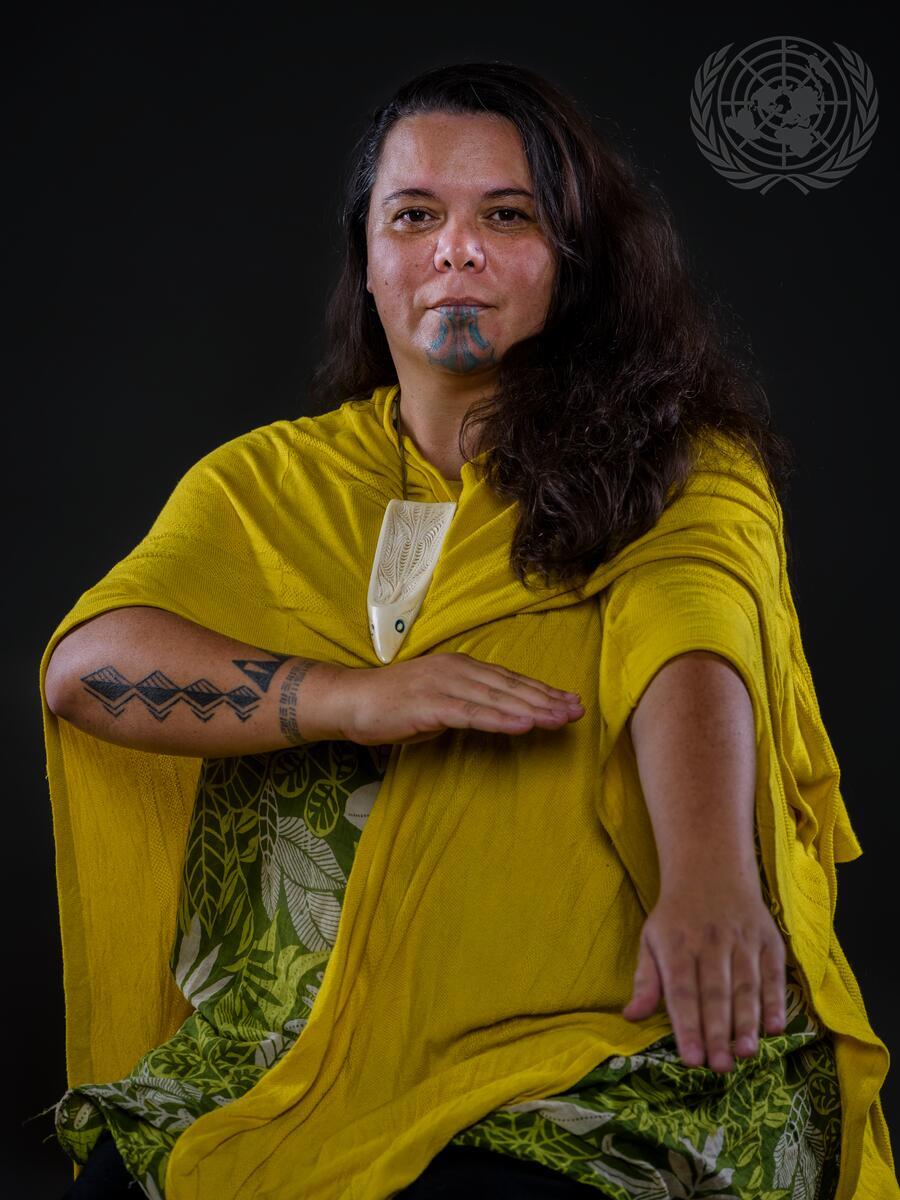
On the left is Silvia Museiya, from the Yiaku group, also referred to as the Yaaku. Her community is located at the Mukogodo forest, Laikipia county in Kenya and currently has a population of 4,000 people. On the right is Tina Ngata, of the Ngati Porou people. She resides in Aotearoa (Māori for New Zealand) with a population of 71,049. She wears Te Aio o Hinehākirirangi, a rei puta (a whale tooth heirloom) symbolizes Ngati Porou's identity as the whale people, connected with the sea and their ties to ancestral whales. Tina's moko kauae and uhi tattoos, reflect her commitment to river work and indigenous communities.


On the left is Samone Khouangsathiene and on the right is Matsalyn Baccam Brown. Both are Tai Dam, an indigenous group from Meung Tai, a region in what is now known as a part of North Vietnam. The current known population of the Tai Dam is close to one million. The piew (head wrap) has decorations sewn by hand and protects their faces from the sun, rain and wind. They also wear a traditional blouse adorned with crafted silver buttons in the shapes of flowers, cicadas, and butterflies. The neck shape of their blouses’ show how traditional (round neck) and modern (v-neck) collar styles keep the essence of their heritage.
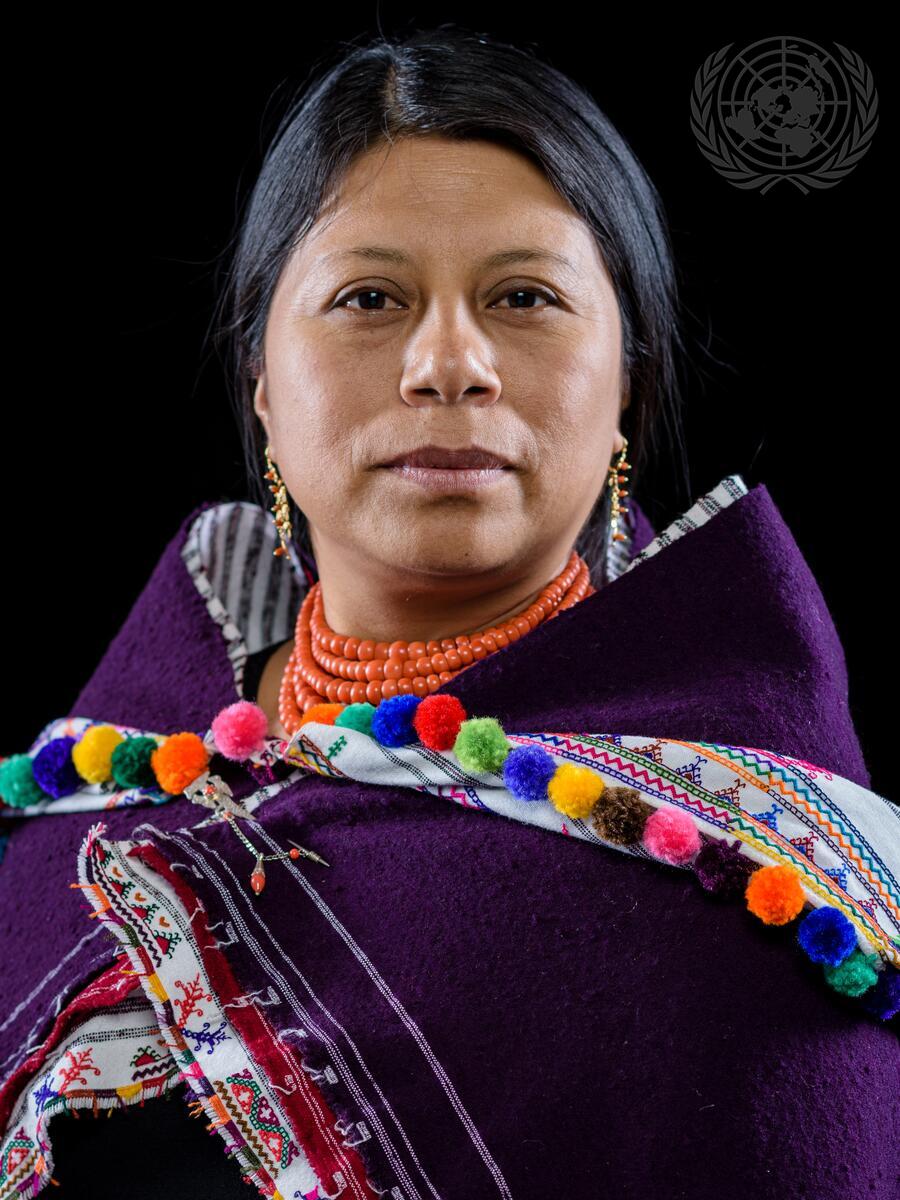

On the left, Mirian Masaquiza, a Kichwa Salasaka indigenous woman from Ecuador's Andean region, distinguishes her community through special occasion attire. With 5,400 inhabitants, their traditional dress includes a long black anaco (skirt), chumbi (woven belt), and pichu jirguita (black blouse), adorned with shawls and a white lishta. Notably, the ucupachallina, a white shawl with colorful tassels, adds a distinct touch, while traditional white hats are reserved for festivities. On the right, Grand Chief Wilton Littlechild from the Cree community. They are located in Canada and have an estimated population of 392,420 people. His traditional hat is handy made out of bald eagle feathers and horse manes. It is only worn by male leaders (Chief.) Eagle feathers are considered as the highest mark of respect.
The UN Photo Library holds an extensive collection of images documenting the work of the United Nations. For detailed information on the images in this photo essay, follow the links below. Images are listed in order of appearance.
UN Photo/Manuel Elías: UN7973223, UN7973224, UN7973226, UN7973229, UN7973227, UN7973228, UN7973230, UN7973225
